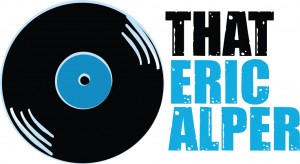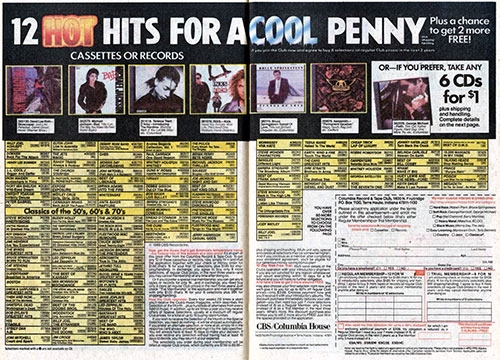For decades, Columbia House was a dominant force in the music industry, shaping how millions of listeners discovered, purchased, and engaged with music. While its infamous “12 CDs for a penny” deal remains its most recognizable legacy, the company’s impact ran far deeper than most realize. Here are five lesser-known facts about Columbia House’s cultural and industry-shaping power.
1. Columbia House Pioneered the Direct-to-Consumer Music Model
Long before streaming services or even digital downloads, Columbia House revolutionized music distribution by selling directly to consumers. In the 1950s and 60s, this approach provided rural and small-town music fans access to albums that were otherwise difficult to find in local stores. At its peak in the 1990s, Columbia House accounted for over 15% of all CD sales in the United States, demonstrating its massive influence on music consumption trends.
2. It Kept Dying Music Formats Alive for Years
Columbia House wasn’t just a distributor; it also had the power to extend the life of physical music formats. Even as mainstream record labels phased out reel-to-reel tapes, 8-track cartridges, and vinyl LPs, Columbia House continued to produce and sell these formats to a loyal customer base. It was one of the last companies to release new 8-tracks in the late 1980s and vinyl albums in the early 1990s—well after major record stores had stopped stocking them.
3. It Changed How Record Labels Measured Success
The club’s vast membership base meant that an album could ship hundreds of thousands of copies without being sold through traditional retail. Columbia House sales were sometimes not counted toward RIAA certifications or Billboard charts, which meant that many platinum-selling albums were far more successful than their official numbers suggested. Labels frequently pushed artists to participate in Columbia House to boost revenue, even if the sales didn’t show up in the charts.
4. The “Negative Option” Model Became a Blueprint for Subscription Services
Columbia House was infamous for its negative option billing, where subscribers had to opt out of receiving a new album each month. While this practice frustrated many consumers, it was also a brilliant business model that generated billions. The concept influenced countless later subscription services, from mail-order book clubs to modern streaming platforms, which now rely on auto-renewing memberships and passive billing models to retain users.
5. It Played a Key Role in the Music Industry’s Collapse and Rebirth
In the early 2000s, as Napster and digital piracy grew, Columbia House’s model became unsustainable. Many music fans who had once relied on the service to discover new albums turned to file-sharing instead. By 2009, Columbia House shut down its music division, symbolizing the end of an era. However, its influence has resurfaced—its direct-to-fan marketing strategy laid the groundwork for today’s vinyl subscription services, crowdfunding platforms, and artist-driven online stores.
Columbia House was a disruptive force that shaped how people bought and listened to music for nearly five decades. Though its business practices were sometimes controversial, its impact on the industry remains undeniable. Whether through nostalgia or innovation, its influence continues to echo through today’s music marketplace.







